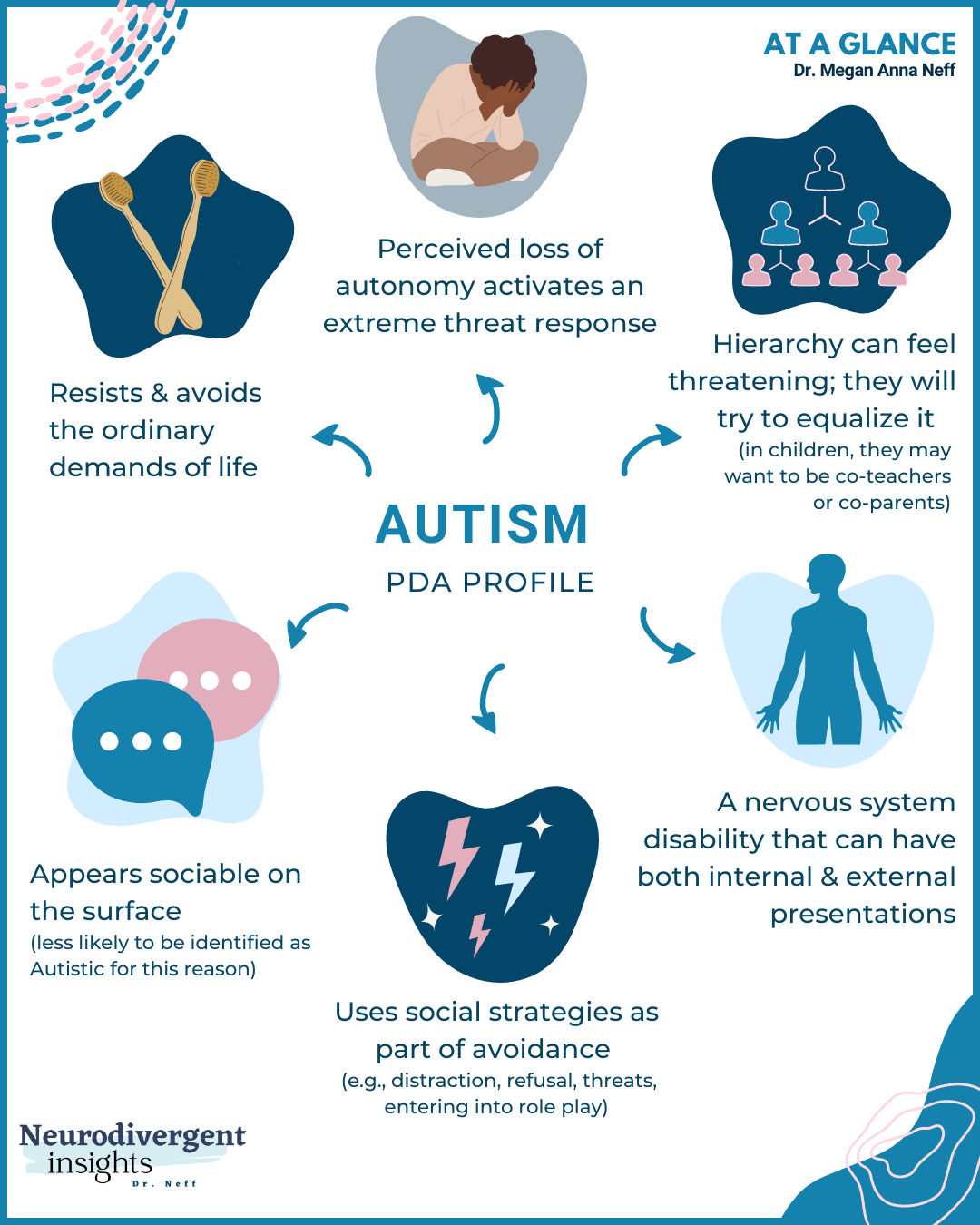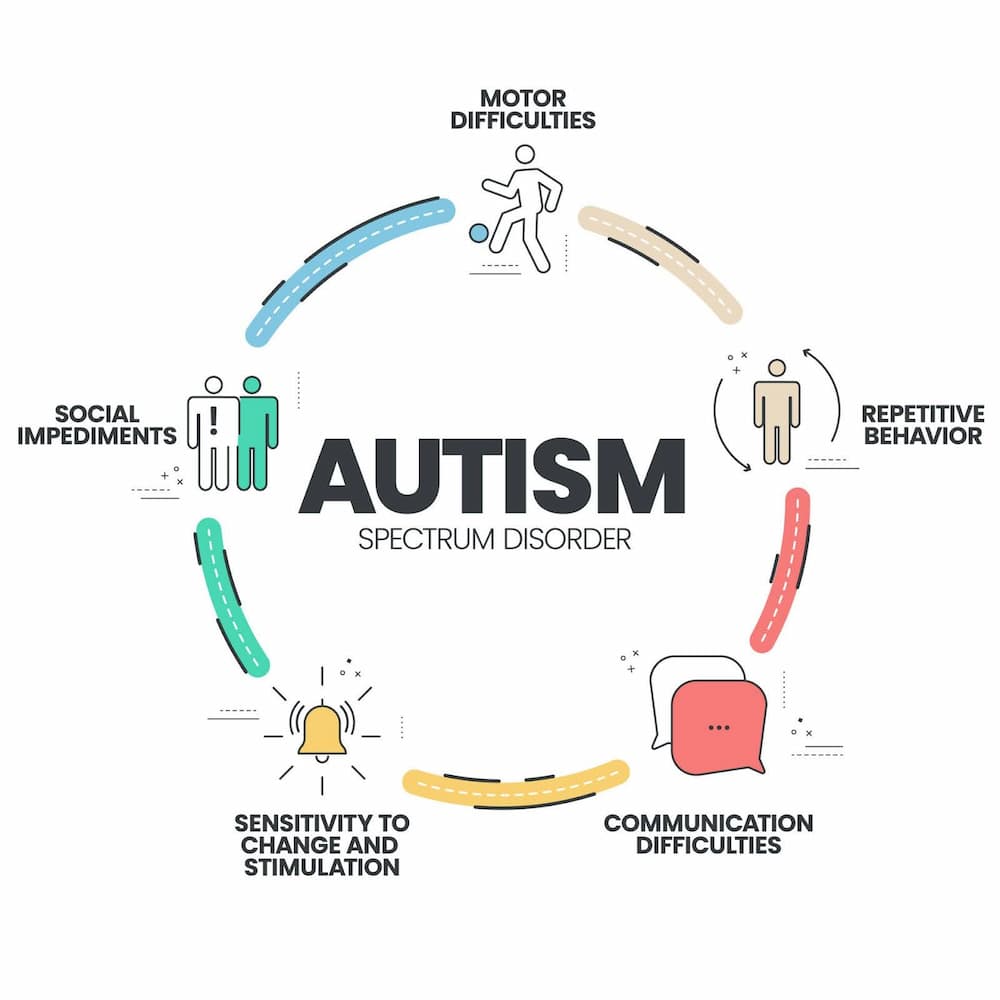Recognizing Autism: A Comprehensive Guide to Signs and Signs
Autism Spectrum Condition (ASD) incorporates a wide range of qualities that can dramatically influence an individual's social interactions and daily functioning. Recognizing these subtleties not just help caregivers and educators in offering suitable support however additionally cultivates an extra comprehensive setting for individuals with ASD.
Introduction of Autism Range Problem
Specifying Autism Range Problem (ASD) entails identifying it as an intricate neurodevelopmental problem identified by an array of obstacles in social communication, interaction, and behavior patterns. The term "spectrum" shows the broad variability in symptoms and their severity, which can differ significantly from one person to an additional. ASD commonly shows up in very early youth, although some individuals may not obtain a medical diagnosis up until later in life.
Factors affecting the growth of ASD consist of genetic predispositions and environmental variables, although the specific causes remain under examination. Medical diagnosis commonly relies upon behavioral analyses, as there are no conclusive clinical tests for ASD. Early treatment is vital and can substantially improve end results, concentrating on enhancing interaction skills, social interactions, and flexible behaviors.
People with ASD may additionally show distinct toughness, such as phenomenal interest to detail or certain areas of proficiency. Recognizing the diverse nature of ASD is essential for promoting an inclusive atmosphere that accommodates neurodiversity. Proceeded research is crucial for developing efficient treatments and support group, making it possible for individuals with ASD to prosper and fulfill their prospective within society.
Typical Indicators of Autism
Recognizing the typical indicators of Autism Spectrum Condition (ASD) is vital for early recognition and intervention. These indications can differ extensively in seriousness and discussion, yet certain attributes are regularly observed in individuals with ASD.
One of the most widespread indicators is a significant trouble in maintaining and establishing eye contact. Individuals might also exhibit limited interest in social interactions and reveal a choice for solitary play.
Sensory level of sensitivities are additionally common; individuals may overreact or underreact to sensory stimulations, such as lights, noises, or textures. autism. Language advancement can be atypical, with some children exhibiting postponed speech or making use of language in uncommon methods, including echolalia-- repeating expressions or sentences heard elsewhere
It is vital to note that not every person with ASD will certainly display all these signs, and the level of these habits can differ significantly. Early acknowledgment enables timely assistance and sources, improving the quality of life for those on the range.
Social Communication Challenges
Social interaction difficulties are a hallmark of Autism Range Condition (ASD), impacting a person's ability to involve successfully with others. These difficulties can manifest in numerous methods, consisting of obstacles in starting and keeping conversations, understanding social hints, and responding suitably in social interactions.
People with ASD may have problem with nonverbal communication, such as eye call, facial expressions, and body movement. This can result in misconceptions, as their communicative intent may not be appropriately interpreted by others. In addition, they may discover it difficult to comprehend the nuances of tone and context, which are necessary for effective communication.
In team settings, individuals with ASD might feel overwhelmed and might not recognize how to sign up with in discussions (autism). They might likewise show irregular conversational patterns, such as monologuing about certain passions without recognizing social reciprocity
Additionally, these obstacles can result in social isolation or problems in creating relationships, as peers may misinterpret their habits or interaction design. Understanding these social communication difficulties is vital for cultivating supportive environments that promote social skills advancement and improve the top quality of communications for people on the autism spectrum.
Sensory Actions and level of sensitivities
Lots of individuals with Autism Range Problem (ASD) experience increased sensory sensitivities that can considerably impact their day-to-day lives. An individual with ASD may locate daily noises, such as a vacuum cleanser or crowded atmospheres, overwhelmingly distressing, leading to anxiousness or crises.
Sensory handling distinctions in individuals with ASD can additionally impact their capacity to take part in social interactions and regular activities. A child that is sensitive to touch might resist physical affection or stay clear of specific apparel materials. A preference for certain structures or tastes can limit nutritional options and produce obstacles during mealtimes.
Understanding these sensory sensitivities is necessary for recognizing the distinct experiences of individuals with ASD. Understanding of their sensory accounts can cultivate far better communication and support techniques, producing an atmosphere that suits their demands and boosts their quality of life. Ultimately, acknowledging sensory sensitivities is a vital element of understanding the more comprehensive range of autism.

Sustaining Individuals With Autism
Efficient assistance for people with Autism Spectrum Condition (ASD) is crucial for improving their total health and fostering self-reliance. Assistance techniques must be customized to meet the distinct requirements of each person, considering their difficulties and staminas.

Social abilities training can additionally play a pivotal role. autism. Engaging individuals in team tasks or role-playing circumstances can boost their ability to navigate social interactions. Additionally, it is important to enlighten member of the family, caretakers, and peers concerning ASD to cultivate a inclusive and supportive community
Conclusion
By cultivating enhanced communication and social abilities, people with autism can navigate their settings a read what he said lot more effectively. Ultimately, raised understanding and support can dramatically improve the quality of life for those influenced by ASD.
Autism Spectrum Problem (ASD) includes a broad array of attributes that can significantly influence an individual's social communications and everyday performance.Individuals with ASD might have a hard time with nonverbal interaction, such as eye get in touch link with, face expressions, and body language.Lots of people with Autism Spectrum Problem (ASD) experience increased sensory level of sensitivities that can considerably influence their daily lives.Sensory handling distinctions in individuals with ASD can additionally affect their capability to involve in routine tasks and social interactions.Comprehending these sensory level of sensitivities is vital for Get More Information identifying the distinct experiences of people with ASD.
Comments on “Just How to Connect Properly with Enjoyed Ones on the Autism Range”